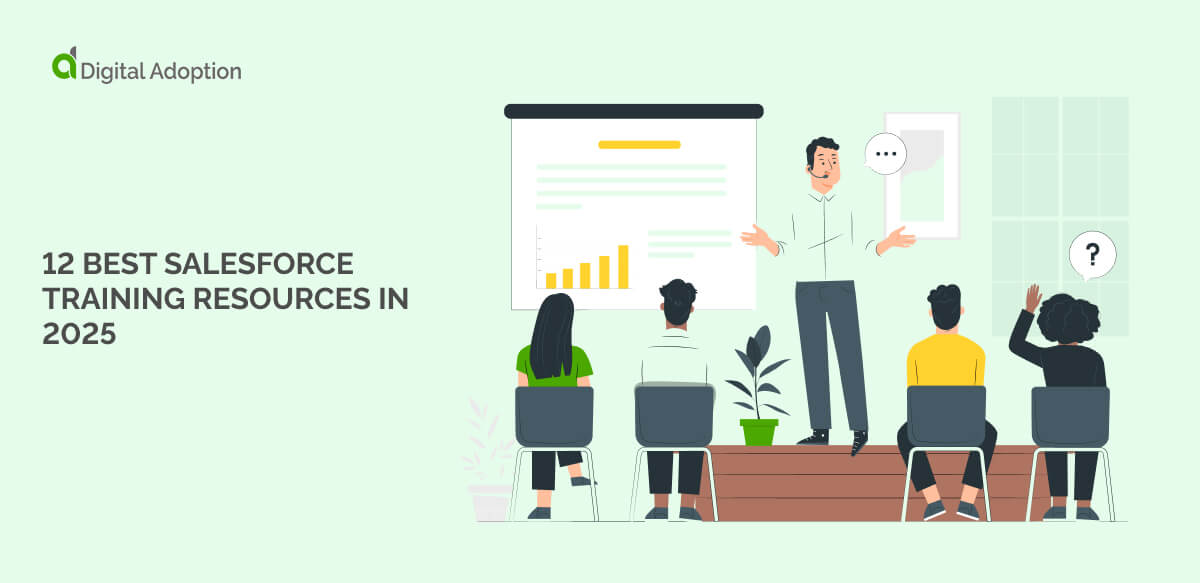Big data adoption is on every enterprise’s agenda in 2019.
But the problem, according to a new report, is that on the whole organizations aren’t getting the most out of it.
A measly 9% of respondents said their organization was “Very Effective” at getting value from data; nearly half (48%) responded with “Somewhat Effective”.
“There is so much data being produced today, and it’s creating a significant number of new opportunities and challenges,” said Tendü Yoğurtçu, CTO, Syncsort.
In this article, we’re going to look at some of the opportunities and challenges with big data adoption.
What is big data?
But first, let’s define big data. Big data is often defined using the following characteristics (also known as the 5Vs):
- Volume: The quantity of generated and stored data. The size of the data determines the value and potential insight- and whether it can actually be considered BD or not.
- Variety: The type and nature of the data. This helps people who analyze it to effectively use the resulting insight.
- Velocity: In this context, the speed at which the data is generated and processed to meet the demands and challenges that lie in the path of growth and development.
- Variability: Inconsistency of the data set can hamper processes to handle and manage it.
- Veracity: The quality of captured data can vary greatly, affecting accurate analysis.
In a nutshell, big data refers to data sets that are too large or complex to be dealt with by traditional data-processing application software.
The field of big data adoption is looks at how we can analyze, systematically extract information from, or otherwise deal with big data.
The big opportunity presented by big data adoption
The main opportunity and benefit big data adoption presents is resourcefulness in terms of cost, productivity and competitiveness.
However, according to a Gartner study, only 14% of enterprises have put big data projects into production (Kart, 2015).
Studies refer to the USA, for example, which keyed into this initiative when the Obama administration announced its big data research and development initiative in 2012.
This was targeted at knowing how successful big data adoption could be used to address challenges faced by the government.
Big data is also said to have played a significant role in the successful re-election of President Barack Obama back to the white house in 2012.
The big challenge posed by big data adoption
Complex technological and infrastructure requirements
The big issue with successful big data adoption is the complex technology and infrastructural requirements for organizations.
According to WNS, data variety, specifically unstructured data, is a key challenge.
In the insurance industry, for example, “almost 80 percent of claims data comprises unstructured data such as hand-written notes, videos and images.” This makes extracting value from that data extremely challenging.
In addition, “data sources — legacy systems, disparate systems and third-party systems that are not easy to integrate — are another challenge,” reports WNS.
This makes building a case for a consistent return on big data investment difficult.
Where to start with big data adoption
Driven by the need to solve business challenges, in the light of rapid technology evolution and the changing nature of data, enterprises are looking closer at the benefits of big data adoption and how to make it work for their organization.
To extract more value from big data, here is a broad set of recommendations for enterprises:
1. Focus on customer-centric outcomes
Commit your initial efforts to big data adoption that will have a beneficial and measurable impact on customers.
2. Develop a big data adoption strategy
When you define your big data strategy, make sure it has a business-centric blueprint.
3. Use existing data to generate quick wins
Short term results will generate support and path forward for big data adoption.
4. Align analytics capabilities with your business priorities
Start building out your analytics capabilities but do it with your business priorities in mind.
5. Scale your efforts using an evidence-based business case
Before rolling out large scale big data adoption initiatives, create a business case based on measurable outcomes.
Final words
The opportunities presented by successful big data adoption are of paramount importance to enterprises that want to thrive in the digital age.
As digitalization and technology continues to progress, data is rapidly expanding, changing and emerging from a variety of sources. This presents pressing challenges for enterprises when it comes to the storage, protection, handling and management of big data.
Organizations need to be aware that the gap between market leaders who are successful with big data adoption and those that do not is set to increase as more and more businesses understand the importance it holds.

 FACT CHECKED
FACT CHECKED





![18 Examples of AI in Finance [2025]](https://www.digital-adoption.com/wp-content/uploads/2025/06/18-Examples-of-AI-in-Finance-2025-300x146.jpg)
![14 Examples of AI in Manufacturing [2025]](https://www.digital-adoption.com/wp-content/uploads/2025/06/14-Examples-of-AI-in-Manufacturing-2025-300x146.jpg)




